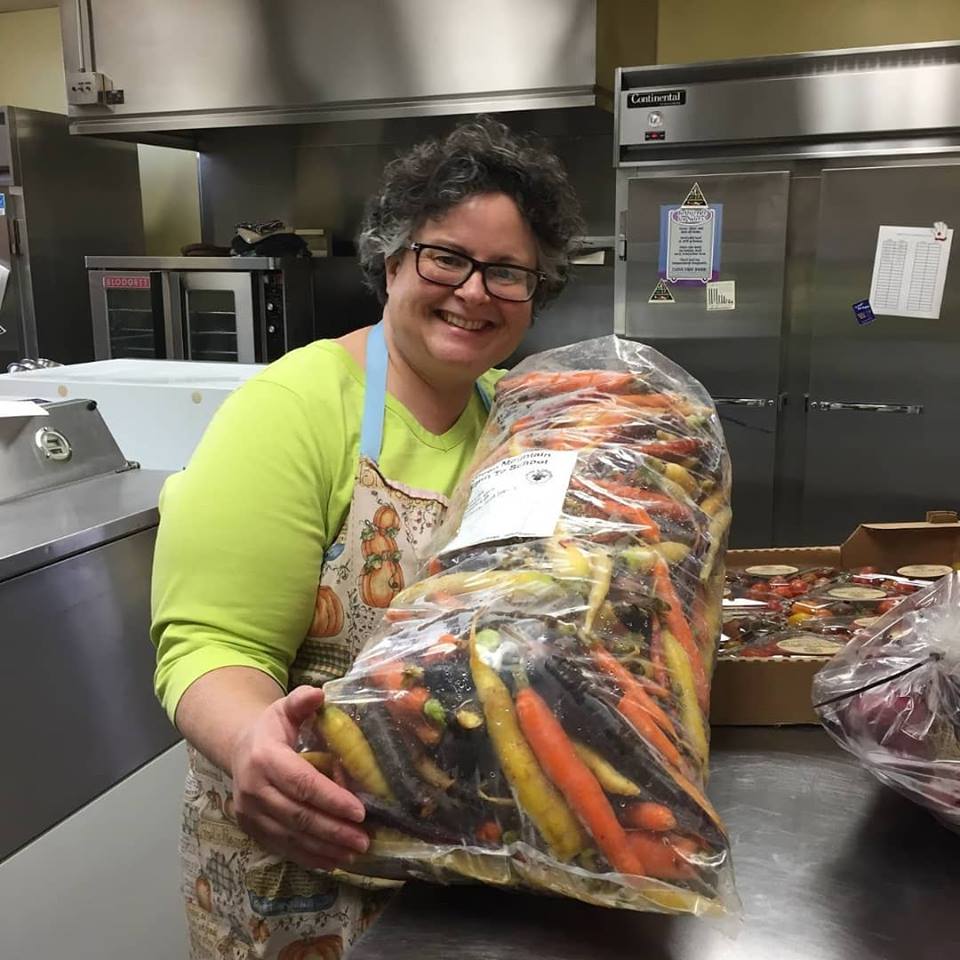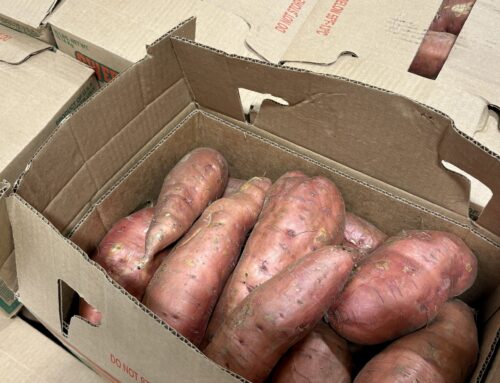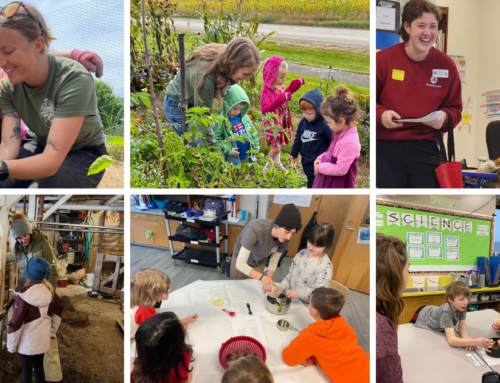How three GMFTS programs – Green Mountain Farm Direct, Farm to School, and the Vermont Harvest of the Month – work together to increase the amount of fresh Vermont-grown foods on cafeteria plates.
In 2009, GMFTS founded its mission-driven food hub, Green Mountain Farm Direct (GMFD), to increase access to healthy food by delivering from local farms to schools, restaurants, and institutions in Northern Vermont. Today, the program aggregates and distributes food from 37 producers to almost 100 customers and has distributed over $1.8 M in sales since its inception.
In 2014, GMFD began what is known as ‘production planning’, which provides a guaranteed sale for producers and guaranteed product for customers at a price that works for everyone. Production planning is the process of predicting demand for a product that will be grown and/or produced during the upcoming growing season.
Production planning with GMFD specifically focuses on Harvest of the Month (HOM) foods and encourages customers to elevate the profile’s of the crop and its producers through lunch line signs, shelf talkers, and other free marketing materials. Since we began, production planning has generated over $56,000 in local food sales and the number of producers we are working with has nearly doubled, growing from 7 producers in 2014 to 13 producers in 2018. We’ve also added new crops to the list of food we production plan to include dairy, sweet peppers, kale, cabbage, beets, carrots and more. Producer partners include Berry Creek Farm, Harvest Hill Farm, Pete’s Greens, Joe’s Brook Farm and Kingdom Creamery.
But, how does this process work, exactly? We sat down with GMFTS Food Hub Manager, Amrita Parry, to learn more.
Q: What is the first step in production planning with a school?
The first step to production planning is setting a calendar of crops for the upcoming year. This is based on the Harvest of the Month calendar, but also includes 1-2 other crops per month.
The second step is reaching out to the producers to determine who has the capacity to grow the crops we need in the upcoming year. Next, we connect with food service directors at the schools we work with and ask them for an estimated demand to bring back to growers. We then set an agreed upon price with both parties (schools, and producers) giving each an opportunity to plan financially for the upcoming year.
This process typically takes place in January, so farmers can plan for the upcoming growing season.
Q: How does GMFTS support food service directors?
Foodservice directors ultimately are in charge of purchasing local food for schools. However, there is a complex process mandated by the federal government that food service directors need to follow. GMFTS’s Farm to School Manager, Maire Folan, helps to connect food service directors to resources to help them navigate the guidelines.
This is one way we see our programs intersect and support each other.
Q: Why is it important?
Production planning is important in that it meets multiple objectives. First, it allows farmers to plan for the upcoming season – it gives them a guaranteed sale, meaning they can budget with more accuracy. Second, production planning for HOM crops is a gateway to regular ordering with GMFD. Foodservice directors are more likely to begin making larger, regular purchases after engaging in the production planning process. Lastly, it is an entry point for schools to begin or expand farm to school programming. This is because production planning emphasizes bringing local, source-identified food into cafeterias – leading kids to interact with the farms and get to know who is growing their food.






